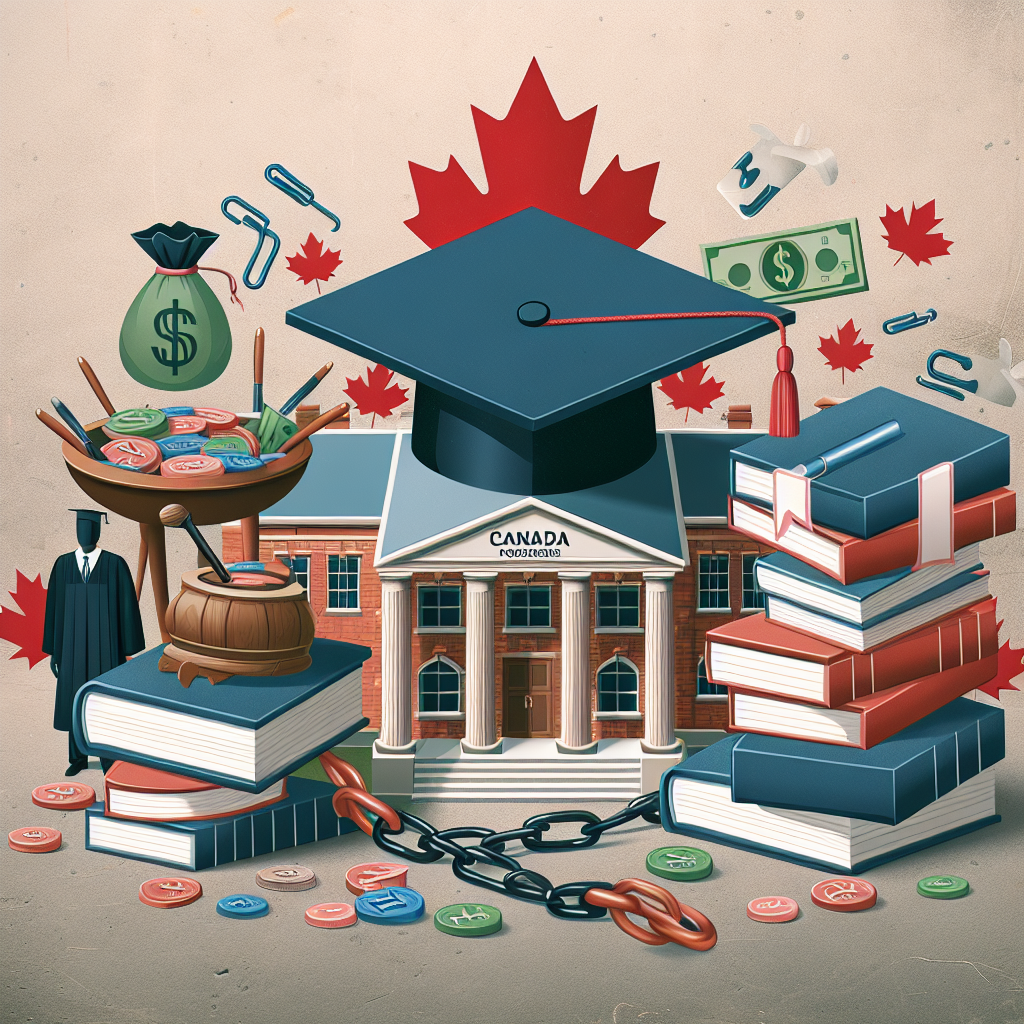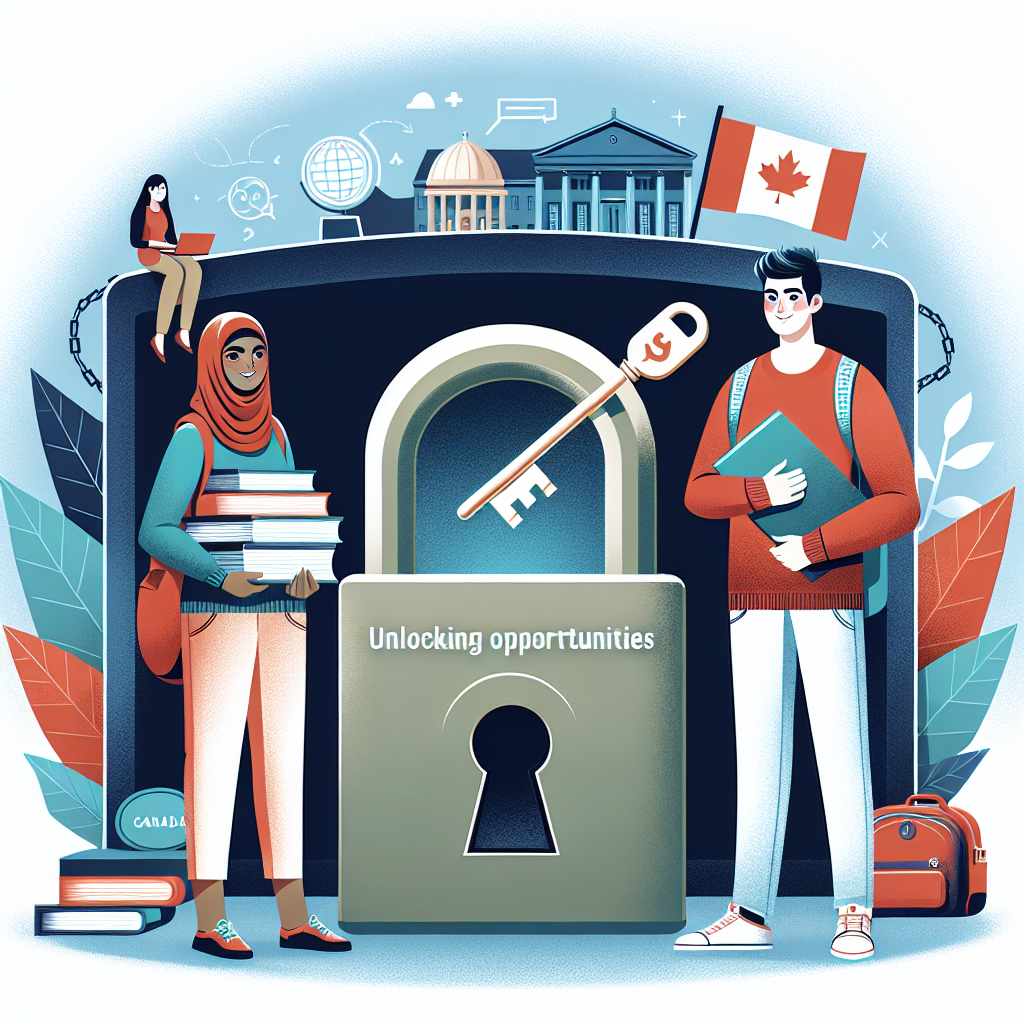===
Navigating the world of student loans in Canada can often feel like traversing a labyrinth, filled with confusion and uncertainty. With the increasing burden of educational debt weighing heavily on the shoulders of graduates, the urgent search for relief has become a pressing concern for many. As we delve into the 2024 updates on student loan forgiveness programs in Canada, this article aims to illuminate the path to financial freedom, providing clarity on options available and the latest changes that could ease your burden. From key policy alterations to eligibility criteria, here’s everything you need to know to effectively manage your student loan obligations.
Overview of Student Loan Forgiveness Programs in Canada 2024
In Canada, student loan forgiveness programs are designed to alleviate the financial burden on graduates, particularly those entering essential service fields. These initiatives are integral to supporting new graduates who may struggle to meet their loan repayments while establishing their careers. As of 2024, the federal government continues to enhance these programs, providing multiple avenues for financial relief, including the Canada Student Loan Forgiveness for Family Doctors and Nurses, and the Public Service Loan Forgiveness Program, aimed at individuals working for government entities or non-profit organizations.
The current landscape of student loan forgiveness is characterized by a commitment to supporting the workforce in high-demand areas. Healthcare professionals, teachers in low-income areas, and others serving in public sectors are often prioritized. This focus is not just about easing individual financial burdens but also about addressing critical workforce shortages across Canada, which is becoming increasingly pertinent in light of the ongoing challenges faced by various sectors.
As we move further into 2024, prospective applicants can expect a more streamlined approach to accessing these programs, with enhancements designed to simplify application processes and improve approval rates. This proactive stance by the Canadian government reflects a broader recognition of the challenges faced by graduates and aims to foster a more supportive environment for those seeking to contribute positively to society.
Key Changes and Updates to Existing Forgiveness Policies
The Canadian government’s recent updates to student loan forgiveness programs have introduced several notable changes aimed at expanding access and increasing the efficacy of these initiatives. One significant modification involves the extension of forgiveness eligibility periods, particularly for those working in underserved regions or professions. The revised policies now allow for more flexible timeframes, enabling individuals to qualify for forgiveness sooner than previously required.
Moreover, the 2024 updates have expanded the scope of professions that qualify for loan forgiveness. Beyond traditional roles, the criteria now encompass various sectors, including mental health services, social work, and community development. This broader inclusion reflects a recognition of the diverse fields that play a vital role in fostering societal well-being and economic growth.
Additionally, the application process has been refined to reduce administrative hurdles that often deter graduates from applying. With a more user-friendly online system and clearer communication from loan providers, the pathway to forgiveness is now more accessible, allowing more graduates to take advantage of these essential programs.
Eligibility Criteria for Student Loan Forgiveness in 2024
Understanding the eligibility requirements for student loan forgiveness programs is crucial for applicants hoping to benefit from these initiatives in 2024. Generally, candidates must have completed their education and hold a valid Canada Student Loan. Specific programs may have distinct criteria based on the applicant’s occupation, the duration of their service in a qualifying role, and the region in which they work. For instance, healthcare professionals in rural areas may have different eligibility standards compared to those in urban settings.
In addition to employment status, financial need remains a central consideration for eligibility. Graduates are often required to demonstrate their financial situation through documentation, illustrating the burden of their student loans in relation to their income. This focus helps ensure that resources are allocated to those most in need, fostering a fair distribution of support.
It is also important to note that some programs have introduced tiered eligibility, meaning that the amount of debt forgiven can vary based on years of service in a qualifying position. This approach not only incentivizes long-term commitment to critical professions but also encourages graduates to consider roles in areas where their skills are urgently needed, thereby contributing to community resilience.
Steps to Apply for Student Loan Forgiveness Programs Today
The process of applying for student loan forgiveness programs in Canada is straightforward, yet it requires careful attention to detail to ensure all requirements are met. The first step is to gather all necessary documentation, including proof of employment in a qualifying role, income statements, and records of student loans. Having these documents prepared in advance can significantly streamline the application process.
Once your documentation is ready, the next step is to visit the official Canada Student Financial Assistance website. This platform provides comprehensive information about the various forgiveness programs available, detailed eligibility criteria, and the specific application processes for each program. It’s essential to follow the outlined instructions meticulously to avoid delays in processing your application.
Finally, after submitting your application, it’s advisable to stay proactive by checking the status through the designated online portal. Applicants can often reach out to financial aid advisers for questions or clarifications during this period. Maintaining open lines of communication ensures that any potential issues can be addressed promptly, leading to a smoother path toward loan forgiveness.
===
In conclusion, the 2024 updates on student loan forgiveness programs in Canada represent a pivotal moment for graduates seeking to alleviate their financial burdens and contribute meaningfully to society. With enhanced eligibility criteria, streamlined application processes, and a broader scope of professions supported, the changes reflect a commitment to fostering a more equitable landscape for those impacted by student debt. By taking proactive steps and understanding the available resources, graduates can navigate their financial futures with confidence and optimism. Explore your options today and seize the opportunity to transform your financial landscape!
Navigating Credit Report Corrections in Canada: 2024 GuideExploring 2024 Options for Canadian Credit Card Debt ConsolidationDebunking 2024 Myths About Canadian Credit ScoresRelevant LinkRelevant LinkRelevant LinkNavigating Credit Report Corrections in Canada: 2024 GuideExploring 2024 Options for Canadian Credit Card Debt ConsolidationDebunking 2024 Myths About Canadian Credit ScoresRelevant LinkRelevant LinkRelevant LinkNavigating Payday Loans in Canada: A Bad Credit DilemmaExploring Alberta’s Online Payday Loan Landscape: Risks and RealitiesNavigating the Payday Loan Landscape in Victoria, BCRelevant LinkRelevant LinkRelevant Link

